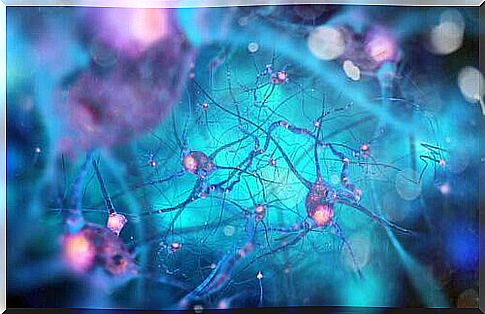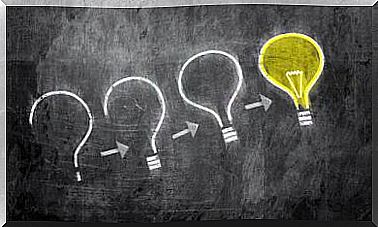Fans And Mirror Neurons

The fan phenomenon has become much more massive these days, but it has always existed. There have always been figures or leaders who fascinated others and who gained fervent followers, capable of making great sacrifices for them. Neuroscience has discovered that the relationship of fans to idols has to do with mirror neurons.
The big difference in this phenomenon today, compared to what happened before, is the massive component and characteristics of the idol. Before, no leader could accumulate fans across the planet. There was no way that could happen. However, it is now relatively common for the idol of a collective to increase and become a planetary idol.
In the same way, first the leader or figure should have obviously exceptional qualities. Not now. Relatively ordinary people manage to become idols of crowds through the work and grace of media and advertising. Why does it happen? Part of the answer lies in mirror neurons.
Fans, the raison d’être of “idols”
The fan is that person who admires the other and gradually develops an identification process with them. This identification reaches the point where the fan feels that everything that happens to his idol concerns him personally.

This fan’s loyalty to his idol is based on the fact that the latter has extraordinary qualities or performs unusual feats. In the past, it was political, religious or artistic leaders who aroused this devotion. Currently, it is basically the figures that achieve notoriety through the media, those who trigger the phenomenon of the fan.
These days, most fans don’t know their idol personally. For this reason, one of your main goals is to get closer to this one. They do this through what is published about them or because they are aware of their work or achievements.
Plus, of course, they’re able to spend an entire night camping outdoors to join one of their shows or watch them get off the plane. What do you want? Mirror neurons explain it to us.
Mirror neurons and identification
First, there is the identification effect, which leads to empathy, and mirror neurons do all the rest. Identification occurs because someone embodies virtues or characteristics considered ideal. In other words, they represent everything you want to be or have. There is a desire to be like that person.
Thus, the phenomenon of the fan is more common among teenagers, who are building an identity and looking for references to achieve it.

From this identification, a process of empathy also appears. The fan begins to experience as his own everything that happens to his idol. He is open to getting informed and understanding what he does, how he does it and why he does it. His triumphs have a great emotional impact on him, and with them comes a dopamine discharge.
Mirror neurons participate in this process. These, as the name implies, reflect in the mind what the individual sees others doing. They make identification, imitation, and empathy possible from a neurological point of view. This is exactly what happens in the fan phenomenon: an activation of mirror neurons.
The questionable elements of mirror neurons
Identification, empathy and activation of mirror neurons are not always spontaneous processes. In fact, these days all of this is usually controlled by marketing experts. For example, at a concert, it is not always the idol’s talent to sing or play an instrument that stands out. There’s all the extra paraphernalia for fans to feel in the context of an epic situation.
The same goes for football or other mass sports. Sports competitions are seasoned with a whole press apparatus around. The images of flags, anthems, uniforms and passions go far beyond just another competition. As fans imitate the figures they admire, they end up being representatives of certain products or protagonists of some commercials.

In conclusion, mirror neurons are responsible for the existence of culture and society. They make us open up to each other, identify with them, and facilitate empathy. This healthy and commendable process is also used to induce us to imitate and develop empathy with figures who represent questionable values. It is useful for our life so that we learn to filter and decant these excessive admirations.









